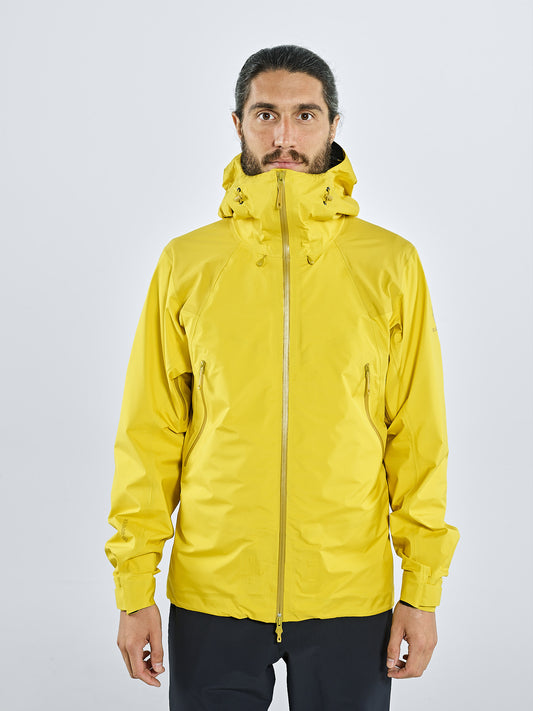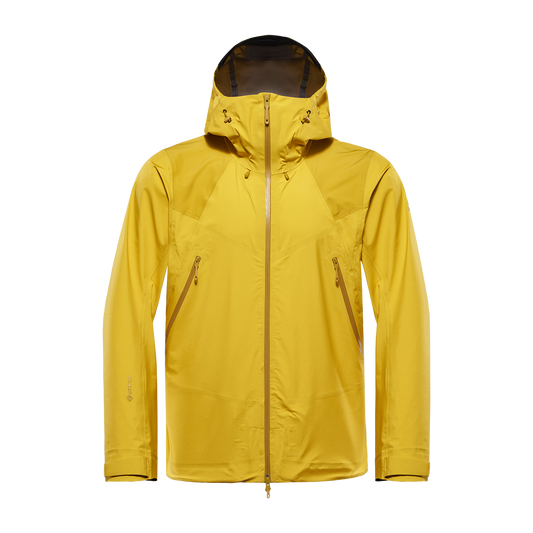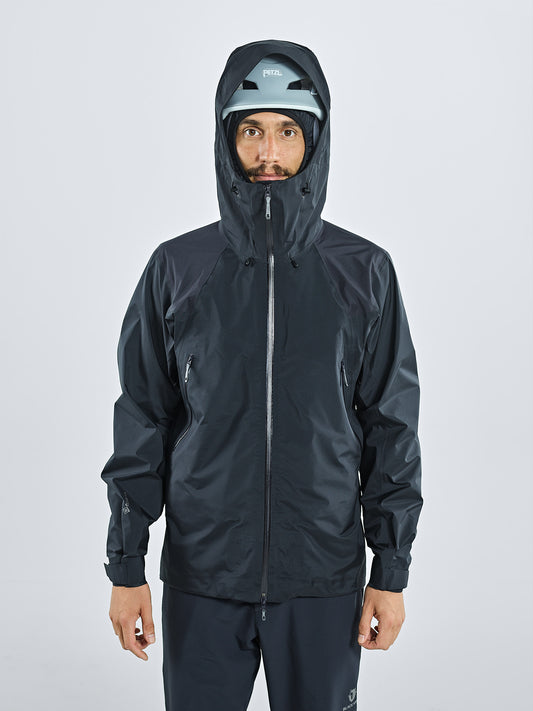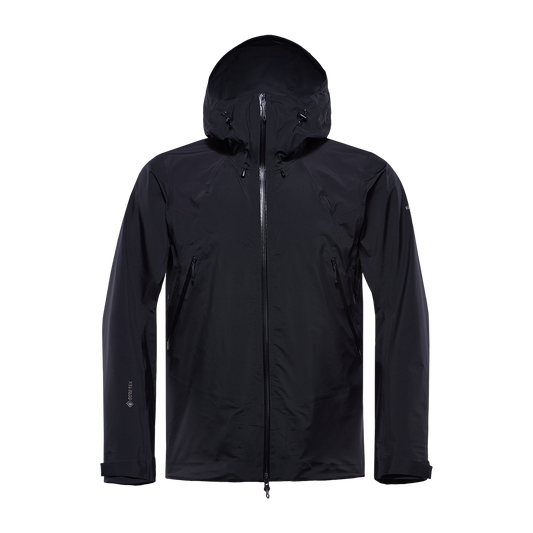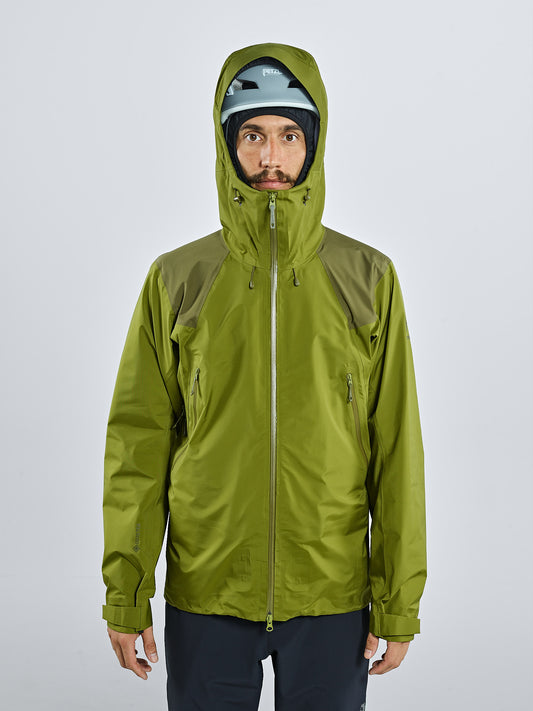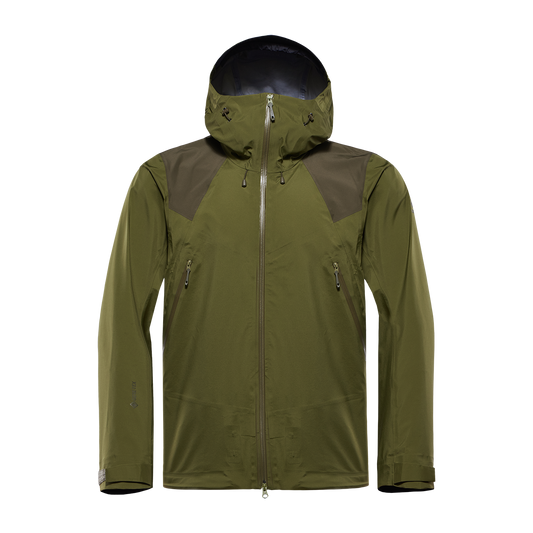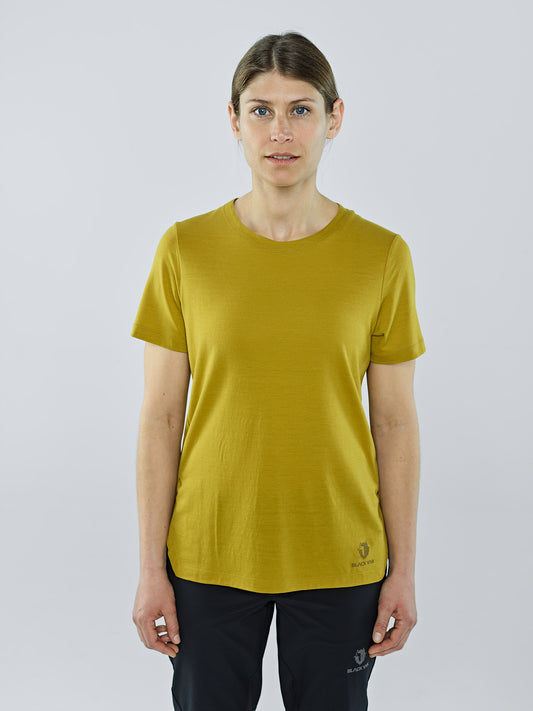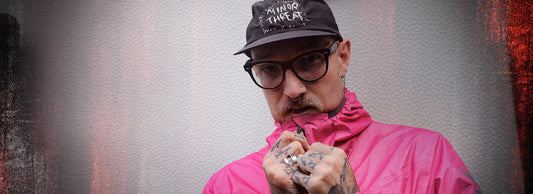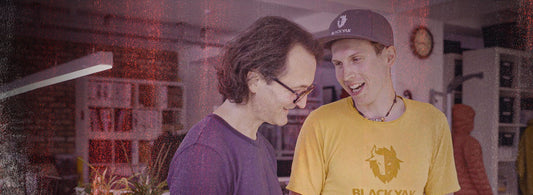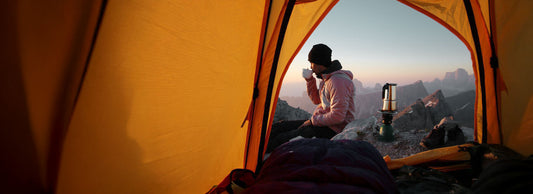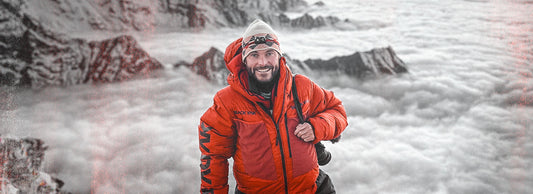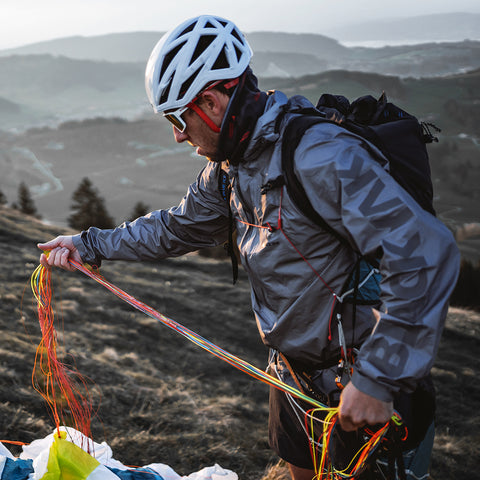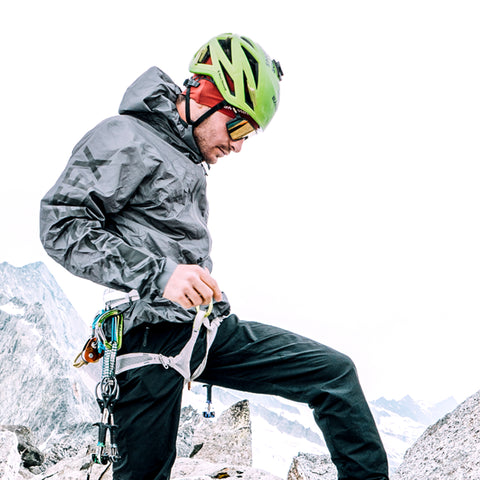Bivouacking in the mountains is more than just a night under the stars - it's a statement of adventure, efficiency, and personal responsibility. Traveling without a tent, equipped only with a bivy sack, sleeping bag, and sleeping pad, means living in the mountains reduced to the essentials - while also requiring the highest standards of planning, knowledge, and equipment.
Why bivouac?
Whether out of necessity or conviction - bivouacking offers a direct connection to the mountains. It enables early starts for long tours, provides an alternative to crowded huts, or is part of multi-pitch routes where retreating to the valley is simply impossible. And sometimes, it's just the most honest and intense way to connect with nature – uncompromising, raw, and wild.
Planning makes all the difference
When bivouacking, you’re on your own. That's why precise planning is essential:
- Tour and route: What ascent and descent options are there? Where are potential bivy spots?
- Weather conditions: Only bivouac with a stable forecast - no room for experimenting in thunderstorm-prone conditions.
- Legal restrictions: In many alpine regions, bivouacking is only allowed in emergencies. National parks or nature reserves have strict rules.
The bivouac spot: Safety over comfort
Not every location is suitable: hollows, sheltered rock ledges, or flat terraces work well - as long as there’s no risk of rockfall or avalanches. Elevation, wind direction, and moisture matter. The ideal bivouac spot is sheltered from the wind, dry, not in a water basin – and provides a clear view of the surroundings.

Gear up: What really matters
Every gram counts when bivouacking - but not at the cost of safety. Your basic equipment includes:
- Bivy sack: Protection from wind and moisture
- Sleeping bag: Its comfort rating should match nighttime temperatures
- Sleeping pad: Often more critical than the sleeping bag - insulation from the ground is essential
- Clothing: Technical merino wool, fleece, soft- and hardshell - breathable, insulating, weatherproof
Optional: headlamp, first-aid kit, compass or GPS, water filter, lightweight food (e.g. bars, nuts), and optionally a stove for hot meals.
From experience: Efficient over epic
"Less is more" is the golden rule - especially when it comes to weight. Groups of two or three should distribute gear smartly: one stove, one first-aid kit, one map are usually enough. Testing in advance also matters: anyone who’s packed, slept, or cooked at home is better prepared for the real thing.
A well-planned bivouac is not a last resort - it’s often the best option for long, demanding alpine routes.
And in winter? A completely different game
A winter bivouac isn’t a minimalist adventure - it’s a survival strategy. The focus shifts to warmth, storm protection, and staying alive. Snow can be a great insulator - as a snow cave or trench, for example. What matters most: insulation from the ground, avalanche safety, and proper ventilation. The bivy sack becomes your final barrier against the cold - and every movement becomes a potential drain on energy.
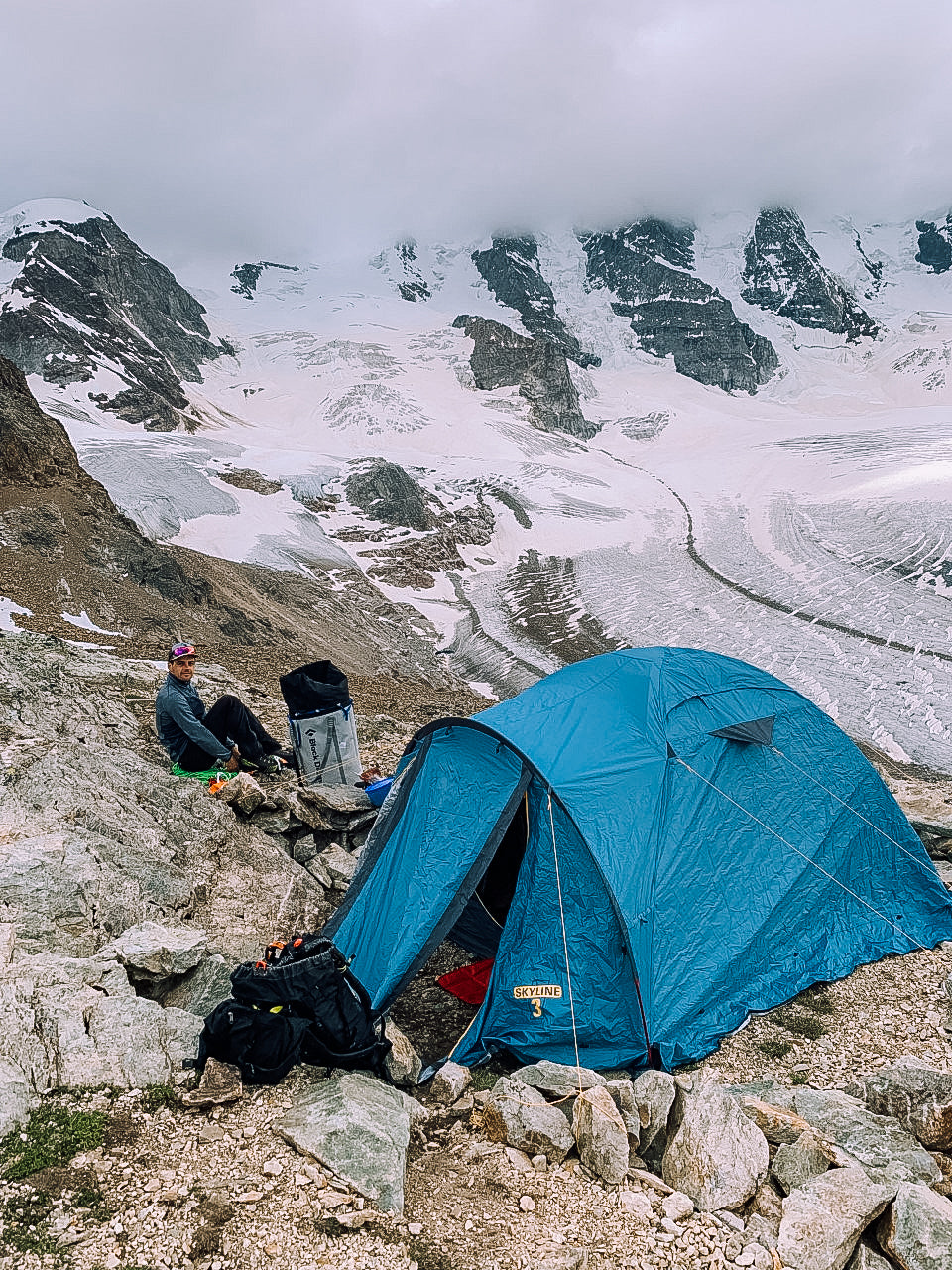
Conclusion: More than just a night outside
Bivouacking isn’t for everyone - but for those who embrace it, it’s one of the most intense ways to experience the mountains. It demands respect for nature, excellent preparation, and high-quality, functional gear. That’s what BLACKYAK stands for: lightweight, durable, weatherproof - for those who don’t settle for compromise. Because being at home outside starts with the right decision.
-
MEN'S RISUM GORE-TEX 3L ACTIVE SHELL JACKET
Suppose you are looking for an absolute jack-of-all-trades for alpine activit...Regular price 420,00 €Regular priceUnit price per -
WOMEN´S MEWATI T-SHIRT
The essential must-have for your active lifestyle: The MEWATI is a minimalist...Regular price 59,50 €Regular priceUnit price per85,00 €Sale price 59,50 €Sale



